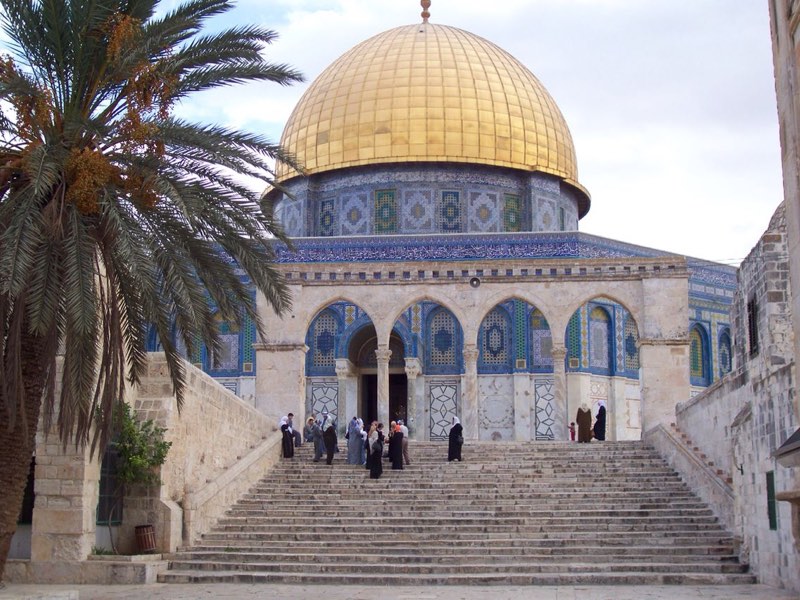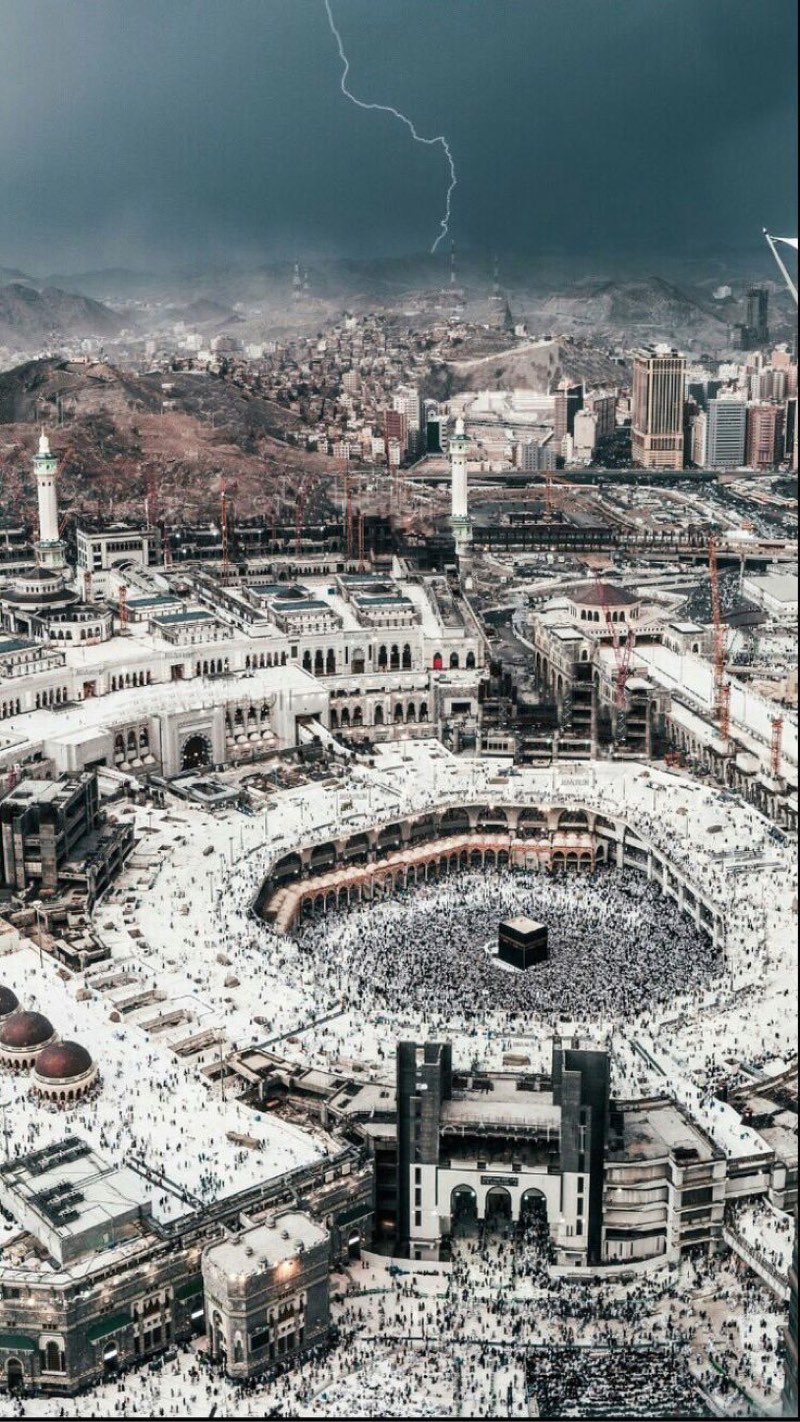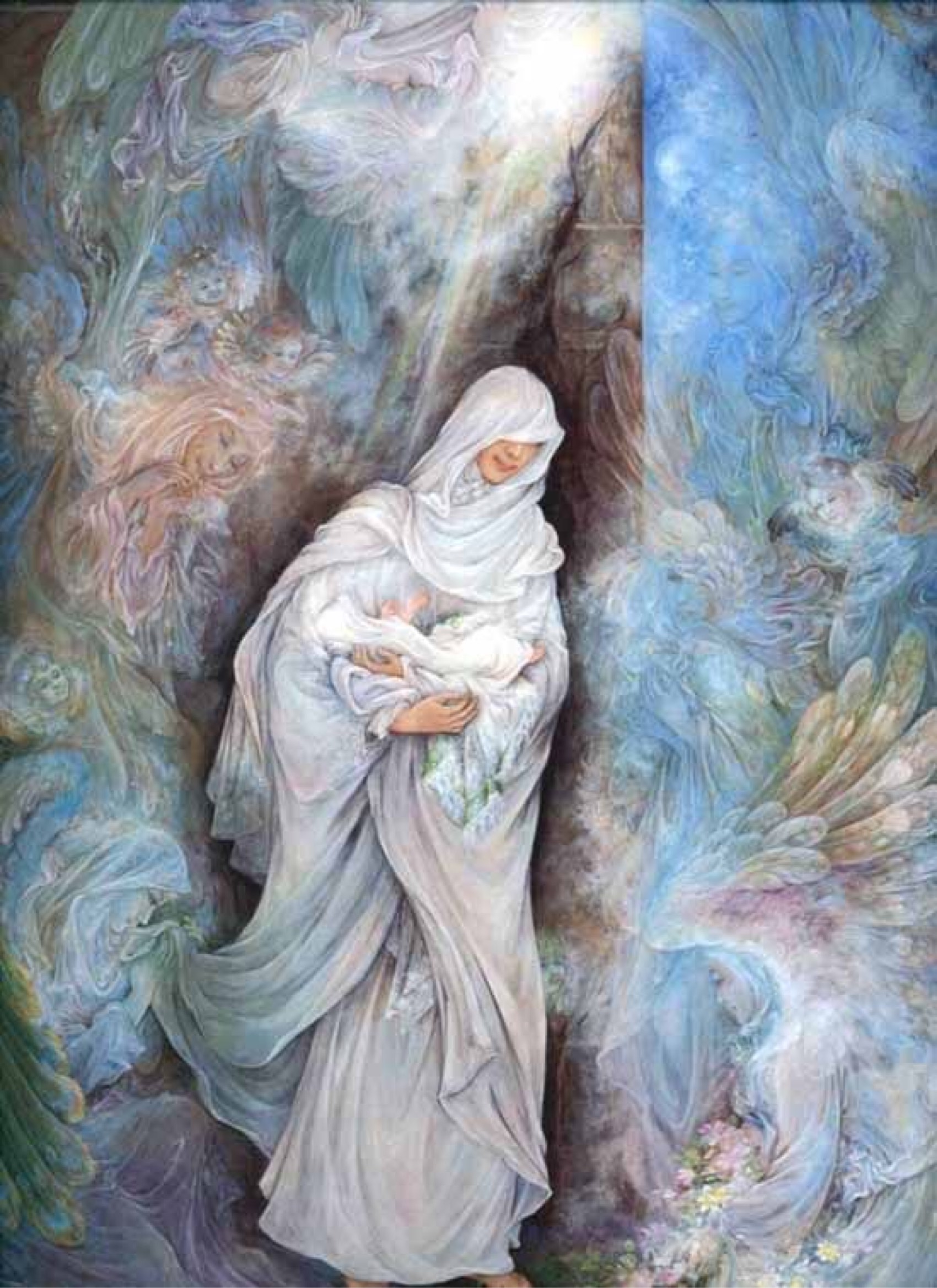In Islam, who is more prominent, Mary, the mother of Jesus, or Hagar, the mother of Ishmael?
In Islam, both Mary, the mother of Jesus, and Hagar, the mother of Ishmael, hold significant and respected positions, but their prominence is contextual and varies in different aspects of Islamic tradition.
1. Mary in Islam: Mary is highly revered in Islam and is the only woman mentioned by name in the Quran. She has an entire chapter (Surah) named after her, that is Surah Maryam (Chapter 19). She is celebrated for her piety, chastity, and the miraculous birth of Jesus. Maryam is often cited as an example of virtue and is one of the most honored women in Islamic tradition.
2. Hagar in Islam: Hagar is also a revered figure, especially for her role in the story of Prophet Abraham. Her search for water for her son Ishmael in the desert is commemorated by Muslims during the Hajj pilgrimage in the ritual of Sa'i, where pilgrims walk between the hills of Safa and Marwah. Hagar's story symbolizes faith, perseverance, and trust in God's providence.
The prominence of each figure can be contextually determined:
Religiously and Scripturally: Mary has a more detailed narrative in the Quran and is explicitly named, highlighting her unique status.
Culturally and Ritually: Hagar's legacy is physically re-enacted by millions of Muslims annually during Hajj, giving her a prominent ritualistic role in Islamic practice.
Both figures, however, are deeply respected and are seen as exemplary models of faith and devotion in their own right. Their stories and the lessons derived from them are integral to Islamic teachings.



